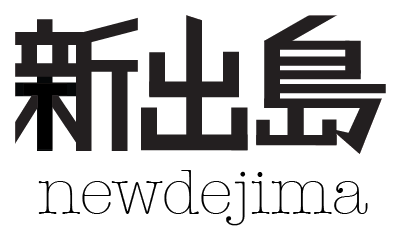"That could all be about the change with Chinese wine merchants keen to show the world that Xinjiang can become one of the world's premier red wine production bases.
"Xinjiang is located at roughly the same latitude as Bordeaux and California, making it an ideal place for growing grapes," said Fred Nauleau, a French winemaker hired by the Citic Guoan Wine Company, who has spent five years in the autonomous region. "And I was surprised to find that red wine I made here could inherit the fine and elegant style which once just belonged to old world, French wine." "
"Wang's idea was sparked by Xinjiang's geographical advantages and its history. An archaeological site in Niya -a key fortress on the Silk Route- discovered early last century by archaeologists from Britain, Japan and China proved that Xinjiang was once a cradle of red wine production.
Yue Feng, former director of Xinjiang's Cultural Heritage Bureau, said archaeologist found a great deal of evidence showing that the people of Niya produced and appreciated red wine as early as 300BC.
"We also found many ruins of vineyards, grape pips and even brewing equipment and alcohol containers at the Niya site," Yue said. "Some wall pictures even showed the Niya people were doing some grape wine-related business, which told us that people in the western region of China had a long wine history." "
" "I know there is an open secret that many mainland wine makers bought raw wine from France, the US, Chile, Australia and other countries to mix with their own brand wines," he said. "However, there is a rule that those countries would never provide you the best raw wine."

0 件のコメント:
コメントを投稿